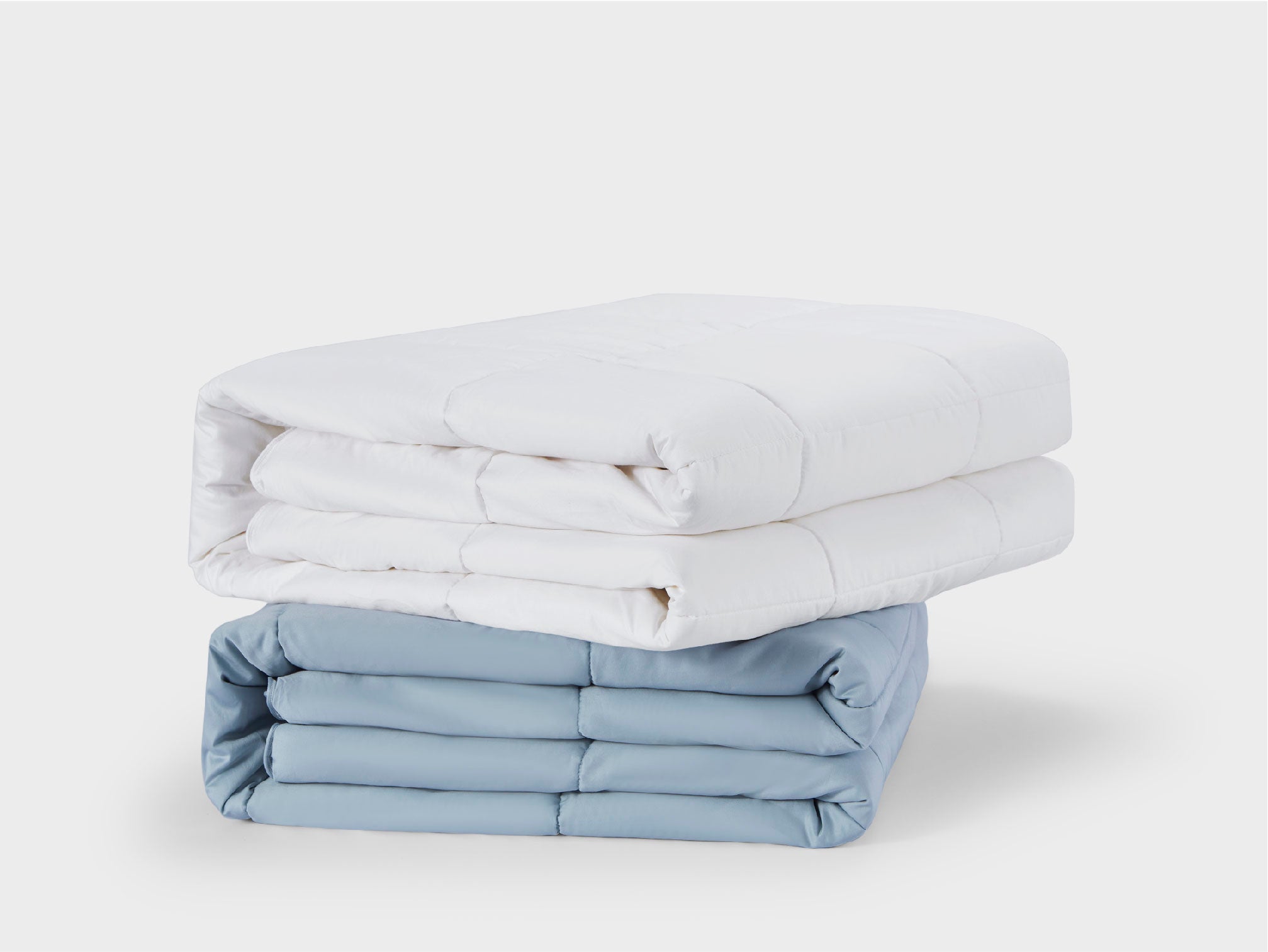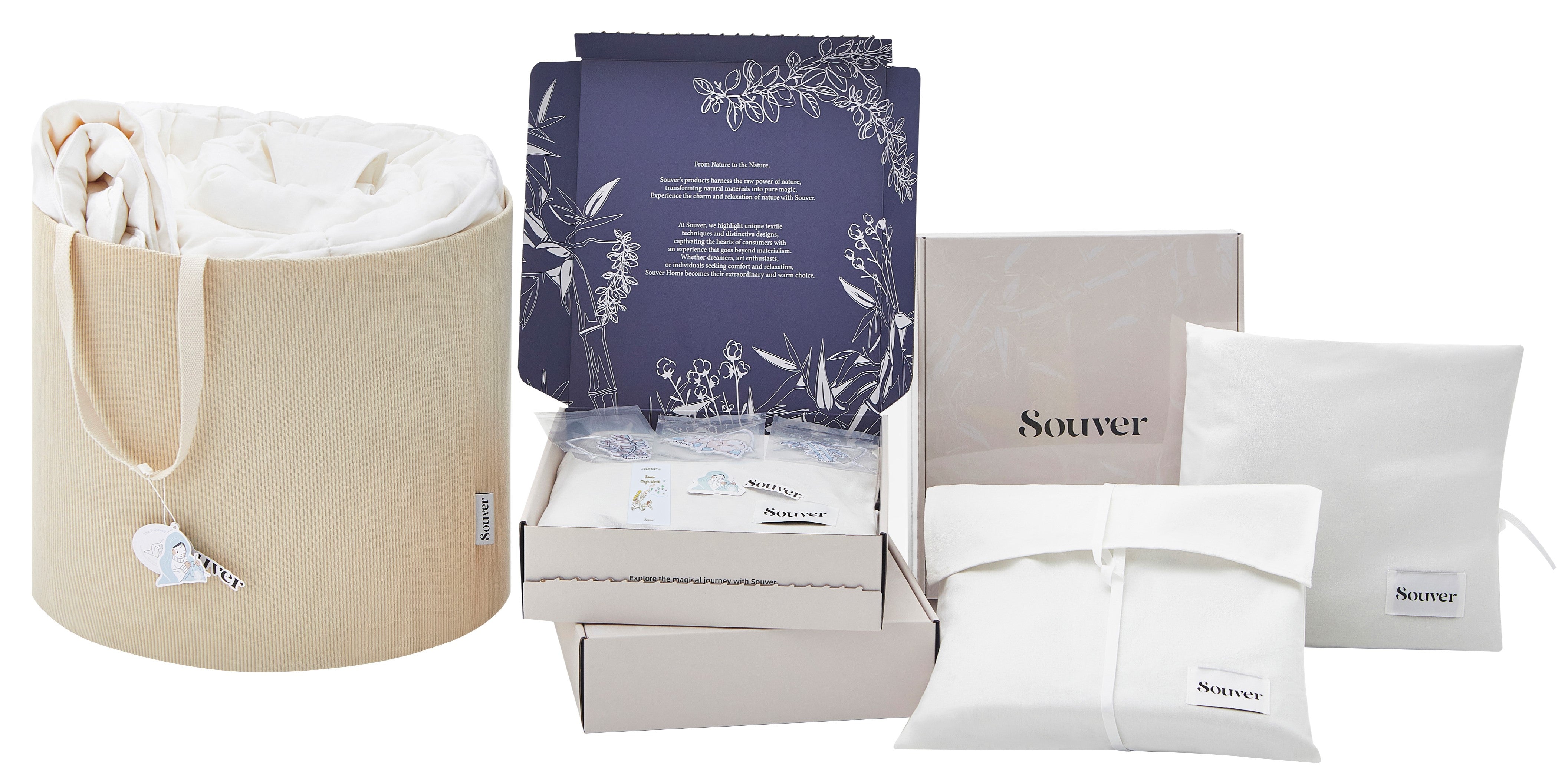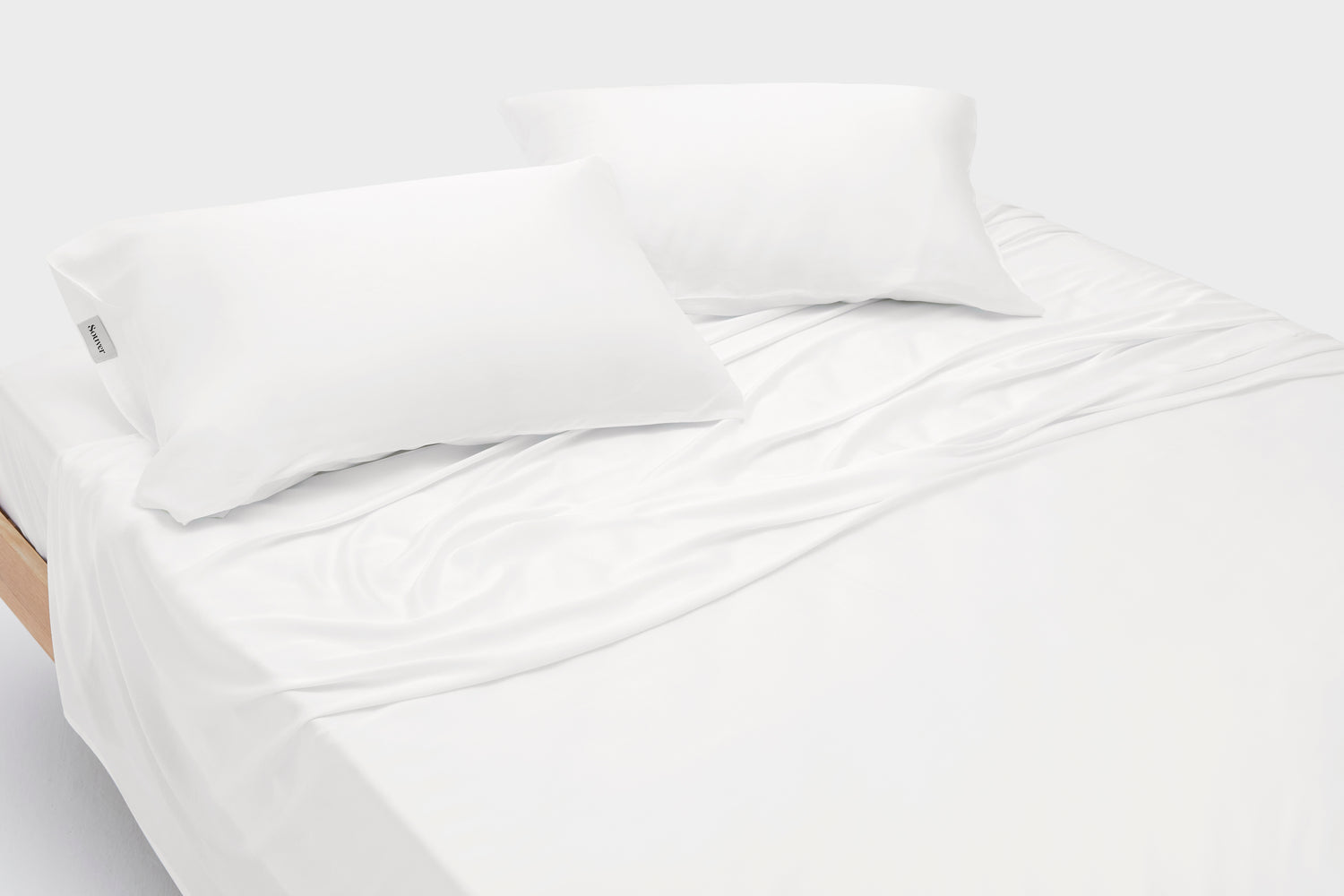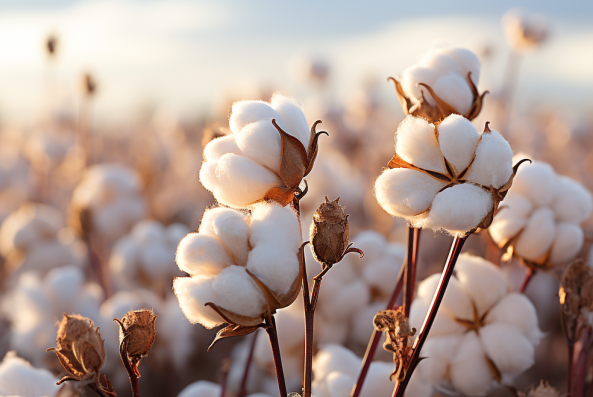By SouverHome October 20, 2023
Silk has long been celebrated for its luxurious feel and natural sheen, but as sustainability becomes a growing concern, alternative fabrics like lyocell have gained popularity. In this blog post, we'll explore the key differences between lyocell and silk to determine whether lyocell is a better choice in terms of sustainability and other aspects.
1. Material Source:
Lyocell: Lyocell is a man-made fiber derived from renewable wood sources, primarily eucalyptus, beech, and spruce trees. The production of lyocell involves a closed-loop process, which means that the solvents and chemicals used are recycled and reused, reducing waste and pollution.
Silk: Silk, on the other hand, is a natural fiber produced by silkworms. While it is biodegradable, silk production involves the cultivation of silkworms, which can be resource-intensive and may require the use of chemicals in some cases.
2. Environmental Impact:
Lyocell: Lyocell is considered more environmentally friendly due to its sustainable sourcing and closed-loop production process. It requires less water and energy compared to silk production. Additionally, lyocell is produced using a non-toxic solvent, making it less harmful to the environment.
Silk: Silk production, especially conventional methods, can have a significant environmental impact. It often involves the use of pesticides, water-intensive processes, and energy consumption.
3. Comfort and Feel:
Lyocell: Lyocell is known for its exceptional softness, breathability, and moisture-wicking properties. It feels cool and comfortable against the skin, making it an excellent choice for various clothing items, including activewear and bed linens.
Silk: Silk is renowned for its luxurious and smooth texture. It has natural temperature-regulating properties and feels incredibly soft against the skin. Silk's sheen adds to its elegance and desirability.
4. Durability:
Lyocell: Lyocell is a durable fabric that can withstand regular wear and washing. It has a long lifespan and maintains its softness over time.
Silk: While silk is a strong fiber, it can be more delicate than lyocell. Some silk products may require more delicate care and can be prone to snags and damage.
5. Cost:
Lyocell: Lyocell is often more affordable than silk, making it an accessible option for those looking for sustainable and comfortable fabrics without breaking the bank.
Silk: Silk is considered a luxury fabric, and its price point reflects that. It tends to be more expensive than many other textiles.
Conclusion:
Both lyocell and silk have their unique qualities and appeal, but when it comes to sustainability and environmental impact, lyocell holds an advantage. Its closed-loop production, use of renewable wood sources, and reduced water and energy consumption make it a more eco-friendly choice. However, silk remains an excellent option for those seeking luxury and natural comfort.
Ultimately, the choice between lyocell and silk depends on your preferences, budget, and ethical considerations. Whether you prioritize sustainability, comfort, or luxury, understanding the differences between these two fabrics will help you make an informed decision that aligns with your values and needs.








留言
此網站已受到 hCaptcha 保護,且適用 hCaptcha 隱私政策以及服務條款。